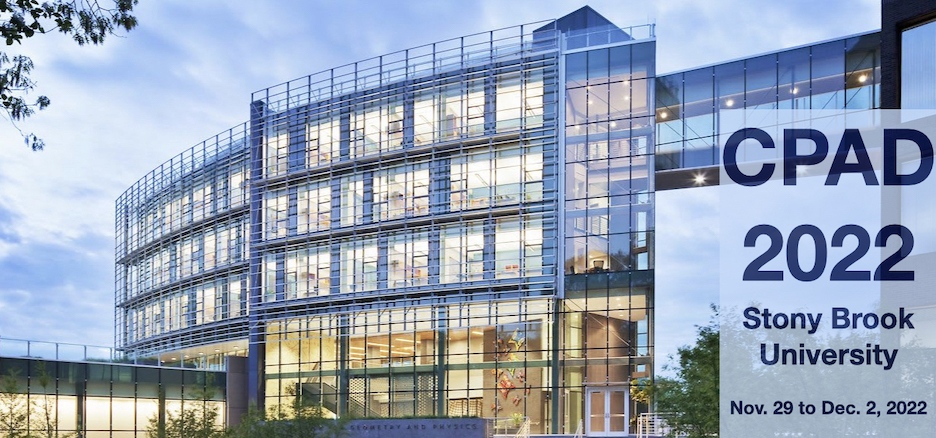Speaker
Description
Various ring imaging Cherenkov sub-systems are being proposed in EIC detector for hadron identification with momenta up to 50 GeV/c. It is critical to have a reliable highly pixelated readout sensor working in the high magnetic field environment. Optimization of the photosensor design for high magnetic field tolerance, precision timing resolution, and pixelated readout was performed at Argonne National Laboratory with 6 × 6 cm$^2$ microchannel plate photomultipliers (MCP-PMT). Large area picosecond photodetector (LAPPD) with 20 × 20 cm$^2$ size was commercialized and the geometry was redesigned to reach the requirement of EIC Cherenkov detectors.
Argonne MCP-PMT and Incom LAPPDs were recently tested using the Argonne g-2 magnet. Measurements of these devices’ performance in the magnetic field will be discussed. The ANL MCP-PMT shows a performance of over 1.5 Tesla with 10 μm microchannels and optimized design. The LAPPD with 20 μm microchannels also show good performance up to 0.9 Tesla. Although gain was reduced when the magnetic field strength was increased to ~1 T or more, or tipped away from normal to the window, the gain could be recovered by increasing the MCP voltage. Due to the effect of magnetic field on electron amplification, we noticed the moving motion of the final electron cluster on the LAPPD strips. This motion needs to be calibrated for detector application.

